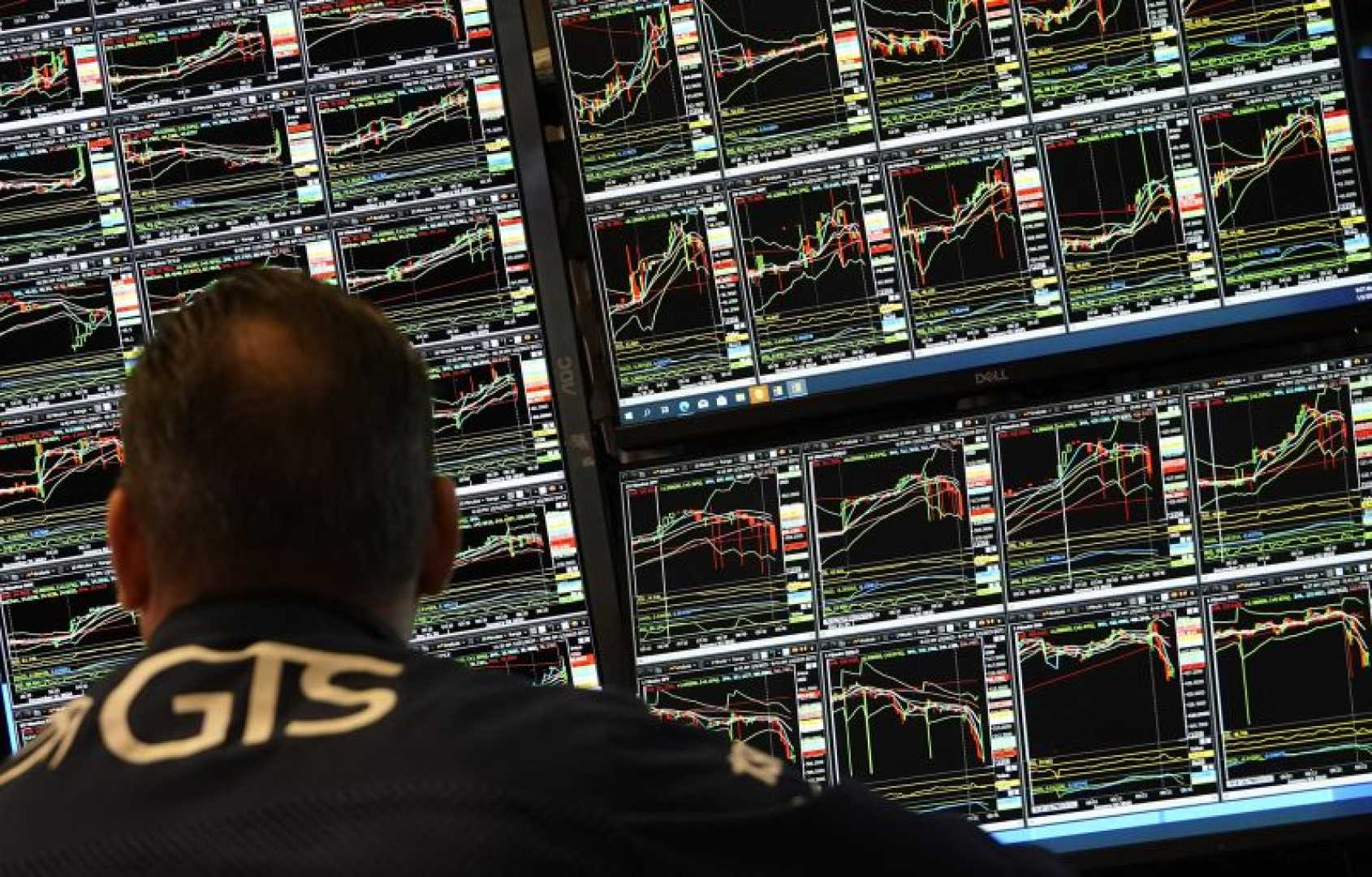Business
US Economic Concerns Drive Yield Down as Inflation Fears Loom

NEW YORK, New York — U.S. economic concerns led to a decline in bond yields on February 13, 2025, as traders reacted to weak economic signals and potential tariffs from President Donald Trump. The yield on the benchmark 10-year Treasury dropped six basis points to 4.331%, while the yield on the 30-year Treasury fell nearly four basis points to 4.123%.
This downward movement in yields occurs amid increasing worries regarding the health of the economy. The Philadelphia Federal Reserve reported a significant drop in its services index to -12.9 in February, down from 2.2 in January, marking its lowest point since April 2023. Furthermore, the sales/revenue index fell 15 points to -12.7, the weakest figure since May 2020.
Alongside these economic indicators, Trump hinted at potentially imposing tariffs on Canada and Mexico, stating on February 12 that these tariffs “will go forward.” This statement follows a spate of disappointing economic data released the previous week, including a surprising fall in the University of Michigan‘s consumer sentiment index and a drop in existing home sales.
Looking ahead, traders are focusing on the upcoming personal consumption expenditure (PCE) index, set to be released on Friday. As the Federal Reserve‘s preferred measure of inflation, the PCE index is a key factor in the central bank’s rate-cut decisions. The Federal Reserve’s next policy committee meeting is scheduled for March 18-19, where interest rates will be reviewed.
Earlier in the month, Federal Reserve Chair Jerome Powell indicated a cautious approach toward further rate cuts, after a notable adjustment in the benchmark fed funds rate—a reduction of one percentage point to a range of 4.25% to 4.50% between September and December 2024.
Further complicating the economic landscape is the recent surge in consumer inflation expectations, reflected in several surveys. The University of Michigan’s survey saw a notable increase in expected inflation rates. Meanwhile, the New York Fed‘s inflation expectations remained steady for short-term forecasts but noted a significant rise for expectations on five-year inflation.
Market analysts are closely monitoring the 10-year Treasury yield, which has drawn attention over speculation it might reach the psychological threshold of 5%. Treasury Secretary Scott Bessent hinted that the current administration would prioritize reducing the long-term yield rather than pressing the Fed for short-term cuts.
Consumer confidence is also showing signs of strain, as indicated by the New York Fed Survey of Consumers, where median household spending expectations fell to the lowest since January 2021. Additionally, a noticeable uptick in perceived job loss probability presents further economic challenges.
Gold prices have been rising amid continued geopolitical uncertainty, particularly surrounding concerns over tariff wars initiated by U.S. policies. Demand for gold has been driven by its safe-haven status, coupled with rising central bank purchases and increasing retail access to gold investments.
As the stock market maintains momentum despite economic turbulence, analysts are observing a change in sentiment among investors. According to the American Association of Individual Investors, bearish sentiment reached 47.3% last week, a significant increase suggesting a potential pullback could be on the horizon.
This week’s upcoming economic reports will shed light on the continued health of the U.S. economy as markets remain uncertain about the implications of ongoing financial and political developments.












